Mouth taping promises better sleep, but experts warn of 'serious harm'
TikTok's viral sleep trend has few benefits and plenty of risk
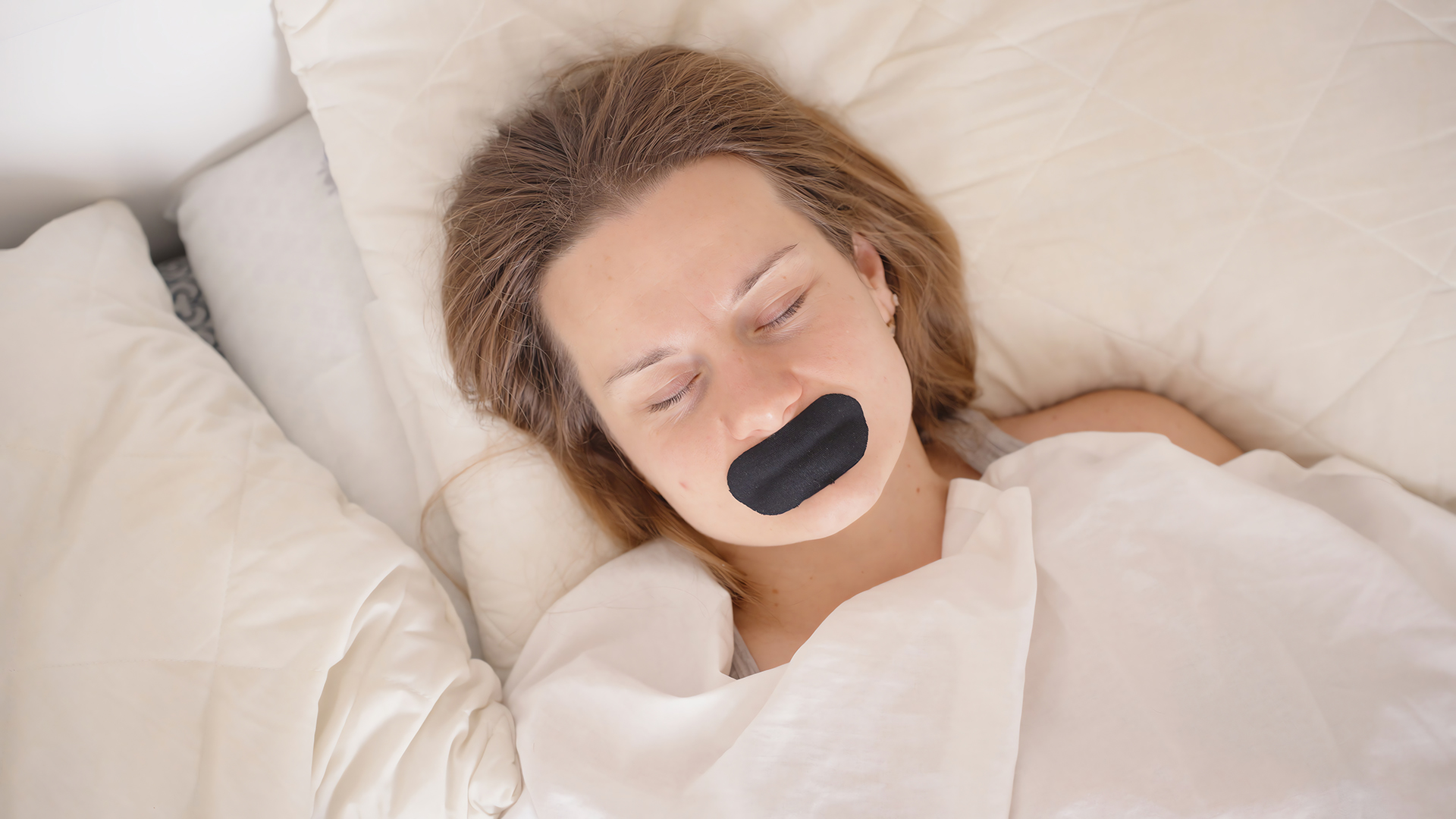
One of TikTok's most popular sleep hacks, mouth taping has been recommended by influencers and endorsed by celebrities. Even our sleep team gave mouth taping a try — "multiple disturbed night’s sleep" sums up our experience.
Mouth taping aficionados claim it can stop snoring, end bad breath and help you enjoy better, more restful sleep.
Yet despite its popularity, the science and safety of mouth breathing has remained up for debate.
But it might be time to put the conversation to bed, as a systematic review of mouth taping studies has concluded it presents a "potentially serious risk of harm for individuals indiscriminately practicing this trend."
Key takeaways from the review
- Mouth tape poses health risks, especially when used indiscriminately
- Some benefits to using mouth tape have been recorded...
- But other studies found little to no positive impact of the trend
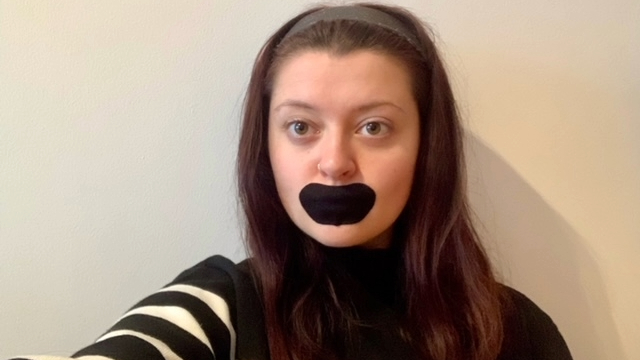
Mouth tape exploded on TikTok in recent years as a sleep hack to reduce snoring, drooling and potentially even tighten up the jaw line. It's exactly what it says on the tin: a sticky patch you place over your mouth to force you to breath through your nose as you sleep.
Since breaking free of TikTok's algorithm to become one of the most popular sleep hacks online, mouth taping has been subject to numerous studies.
Now a systematic review has assessed those studies and found few recorded benefits to the viral sleep trend, with several researchers instead noting a risk of harm posed by mouth tape.
For the review, an initial 86 articles on mouth taping were screened until 10 meeting the criteria remained, covering a total of 213 patients.
Get instant access to breaking news, the hottest reviews, great deals and helpful tips.
Among them, two studies did find potential benefits to mouth taping for those with sleep apnea, something we'll dive into below.
However, four out of ten studies discussed a "serious risk of asphyxiation in the presence of nasal obstruction or regurgitation" when using mouth tape.
And there was no consistent consensus that mouth taping had any benefits for sleep, with several studies finding little to no improvement for participants following the trend.
Does mouth taping have any benefits?
The review didn't declare mouth taping unequivocally bad and as noted above, some participants did see improvements in sleep while using the hack.
However, researchers warn against using the practice indiscriminately — for example, spotting the trend during a TikTok binge and trying it without reading the warning labels.
But let's look at those benefits...
Mouth taping forces you to breathe through your nose and in doing so you avoid the downsides of mouth breathing, such as a dry tongue and bad breath.
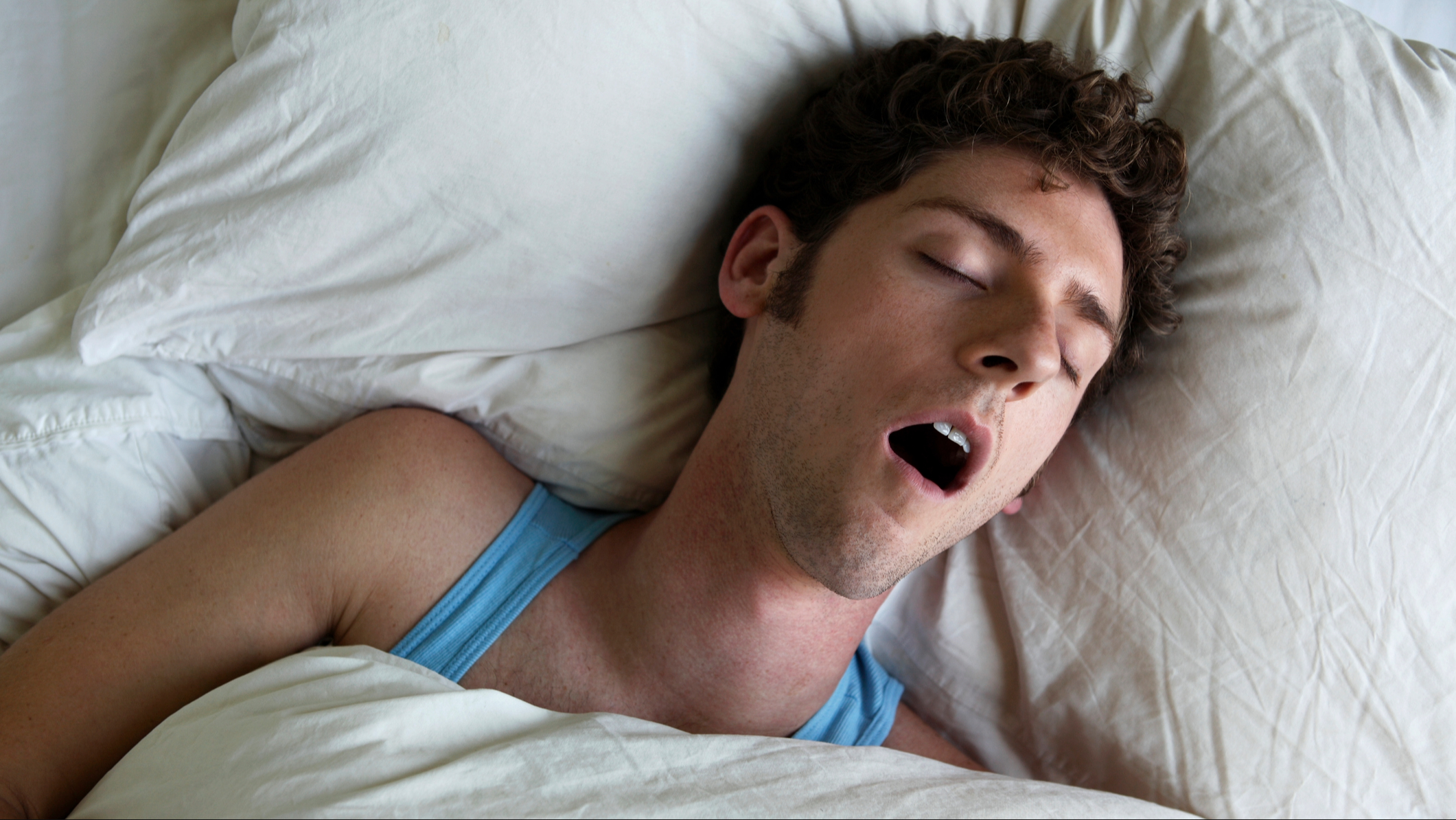
Some of the studies even found mouth taping could reduce sleep apnea symptoms. Sleep apnea occurs when the muscles in the back of the throat collapse, making it harder to breathe as you sleep.
But these results weren't consistent. And when debating the potential benefits of mouth taping, it's important to consider the dangers as well.
Is mouth taping risky?
Taping the mouth closed does necessitate nasal breathing but blocking the use of an important airway carries some serious risks.
First and foremost, anyone with a blocked nose will find it hard to breathe at all when using mouth tape.
The 2025 review notes that several of the studies excluded anyone with "nasal obstruction or pathology," a safety concern that might not be observed by those scrolling social media for a quick sleep fix.
Even if you went to bed breathing freely through the nose there are ways for nostrils to become blocked as you sleep; from a sudden cold to a falling bed sheet.
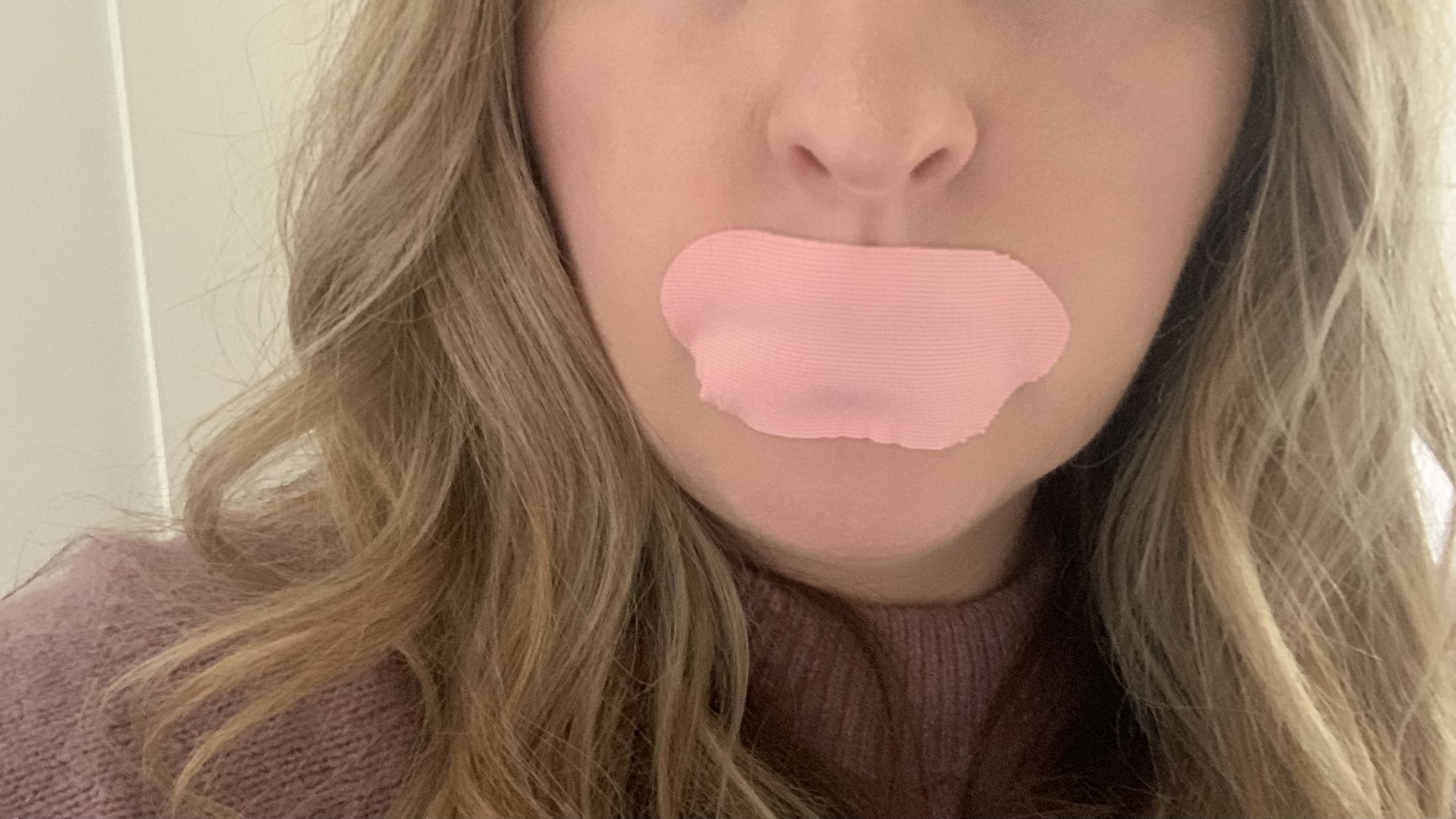
Mouth taping also carries a risk if you experience vomiting or reflux during the night. With your mouth covered, you might begin to gag or choke.
While in many cases the worst part of mouth taping is ripping the strip off the next morning, the potential risks mean this is one viral hack best left online.
And if you experience sleep apnea or severe sleep disorders, speak to a doctor before trying any online hack — yes, that includes our Tom's Guide favorites.
Sleeping better without mouth tape
While the systematic review doesn't rule out all benefits from this viral sleep hack, the warnings are enough to make us put down mouth tape...
Okay, testing mouth tape was enough for most of us to never go back but if you were debating giving this TikTok trend a go, here are some safer alternatives.
1. Use a nasal strip
Like mouth tape, nasal strips are stuck to the face before you go to bed. But unlike mouth tape, nasal strips don't block a hole you use to breath.
These thin strips instead hold the nostrils open, allowing more air to pass through. This encourages you to breath through your nose, not your mouth.
Our team has tested nasal strips and found they can help you sleep during a cold and stop noisy bed partners from snoring.
If you're trying to discourage mouth breathing during the night, nasal strips aren't quite as effective as taping your mouth closed but they are much safer.
Several members of our sleep team have found relief through the use of nasal strips, whether struggling with a blocked nose or a partner who won't stop snoring. If you've been trying to stop mouth breathing, nasal strips can make it easier to keep your mouth closed and your nostrils open during the night.
2. Change up your pillow
A safer (and more comfortable) alternative to tape that encourages closed mouths is finding the right pillow for your sleep position.
Choosing the correct pillow loft holds your head, neck and spine in alignment, so your mouth is less likely to drop open as you sleep.

You can find our expert-tested picks for every sleep position in our guide to the best pillows this year — back and front sleepers often benefit from a lower loft while side sleepers need something thicker and more cushioned.
Switching up your pillow material might also make nasal breathing a little easier. Some pillow materials can trigger allergies, possibly the cause of your blocked nose-induced mouth breathing.
Opting for a memory foam or down alternative pillow, which are less likely to cause a reaction, could keep your nostrils clear (and your mouth closed.)
3. Practice good sleep hygiene
Good sleep hygiene optimizes your bedtime routine so you can fall asleep faster and enjoy higher quality rest.
This means winding down properly before bed, cutting back on screen time in the evening and avoiding caffeine in the afternoon.
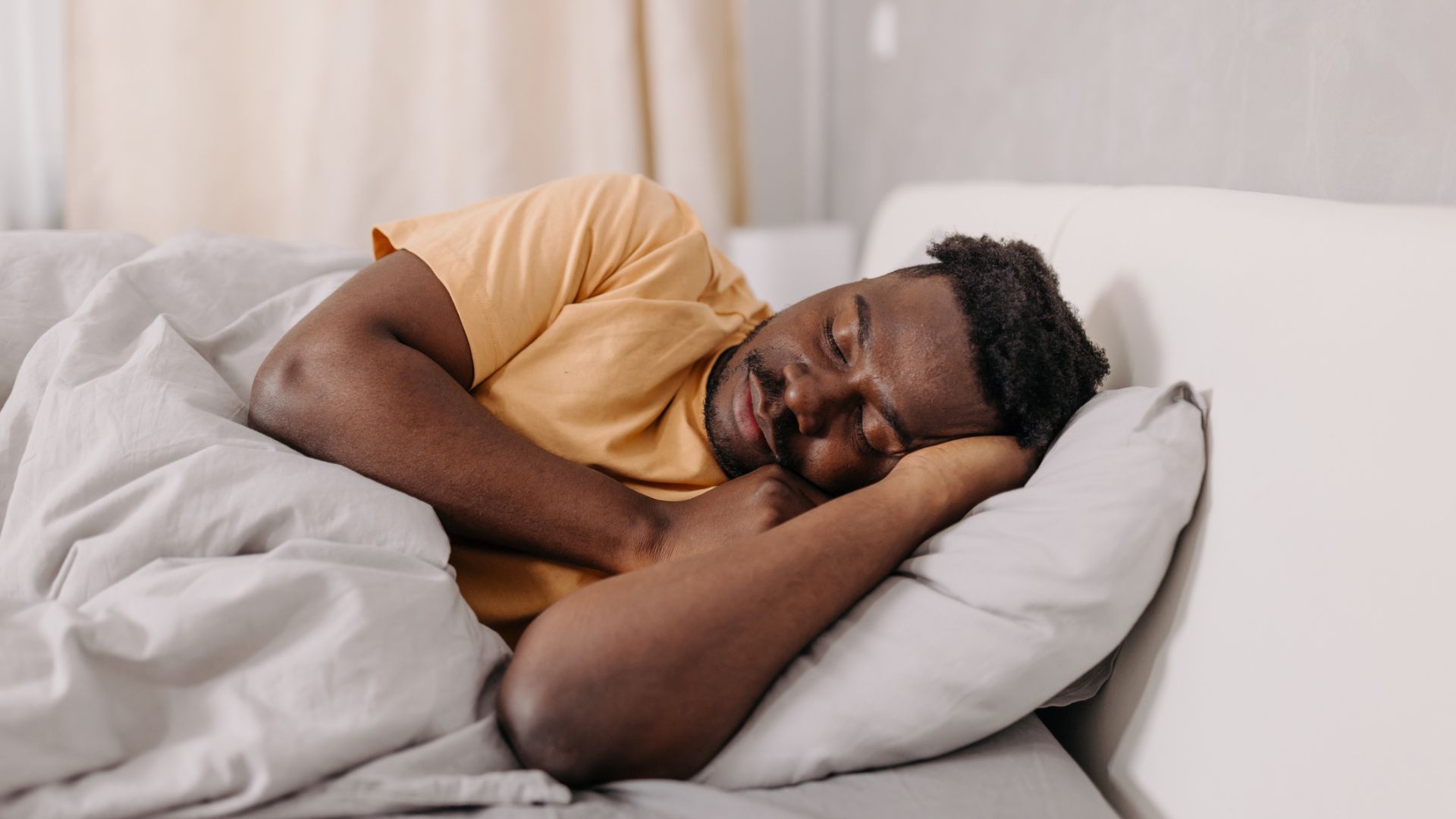
We also recommend creating a consistent sleep routine, so your body learns when to drop off and when to wake up.
And sleep hygiene also involves practicing normal hygiene — keeping your mattress and bedding clean.
Regular mattress cleaning prevents a build-up of dust, mildew and other allergens, all of which can induce an allergic reaction, potentially resulting in a blocked nose and the need to breath through your mouth.
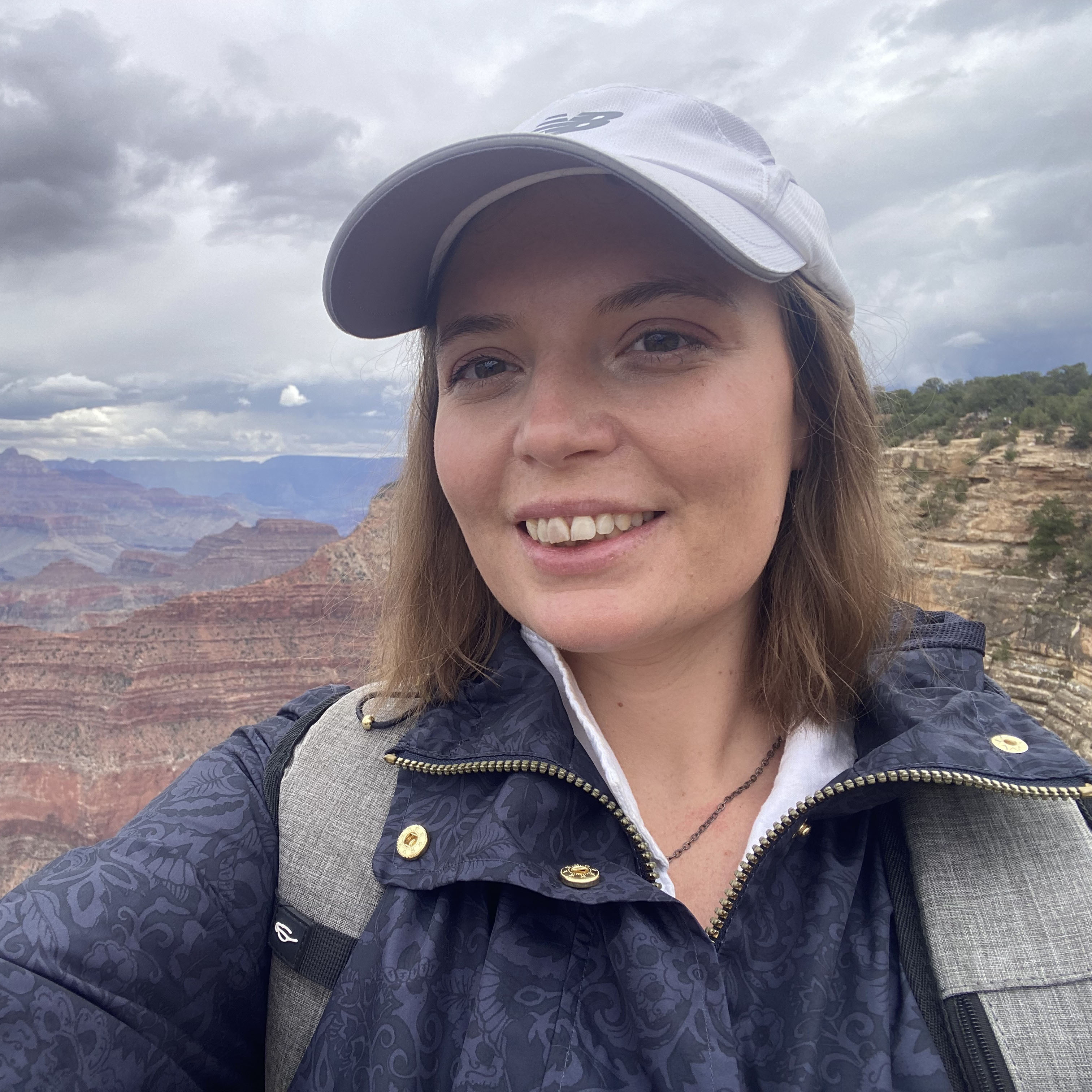
Ruth is an experienced Senior Staff writer at Tom’s Guide, covering all things sleep and mattresses. She writes to help people sleep better, from how-tos to the latest deals to mattress reviews, and has interviewed an array of experts who share her passion. She is also our specialist on memory foam — she’s flown around the world to see memory foam being made — and leads our hotel mattress content. She has a deep interest in the link between sleep and health, and has tried enough mattresses, from Helix to Nectar to Simba, to know the right bed really can make a difference to your wellbeing. Before joining the team at Tom’s Guide, Ruth worked as a sleep and mattress writer for our sister website, TechRadar.
You must confirm your public display name before commenting
Please logout and then login again, you will then be prompted to enter your display name.

